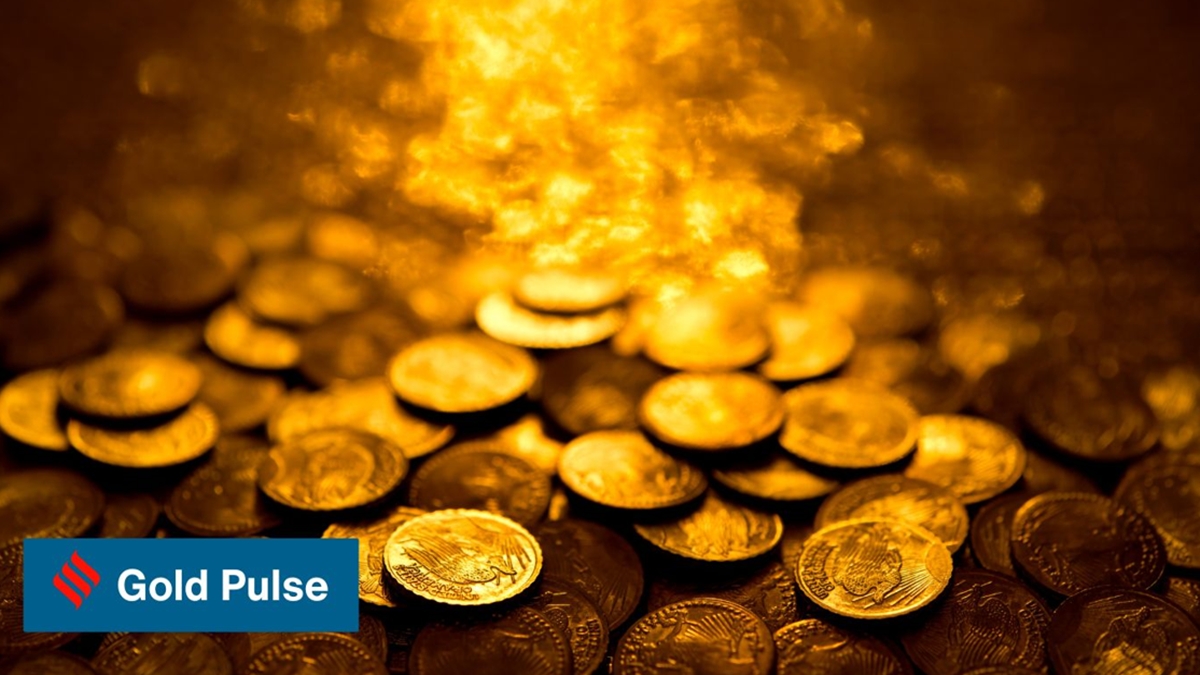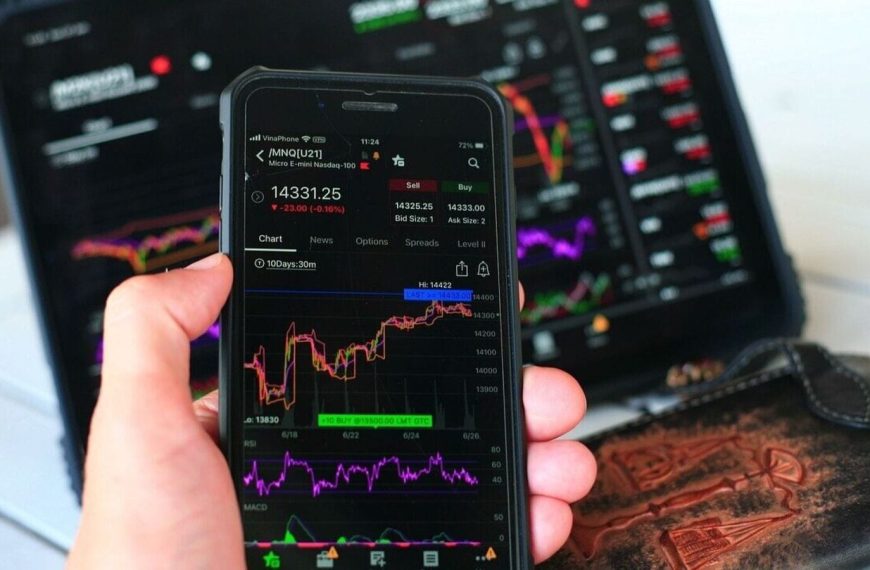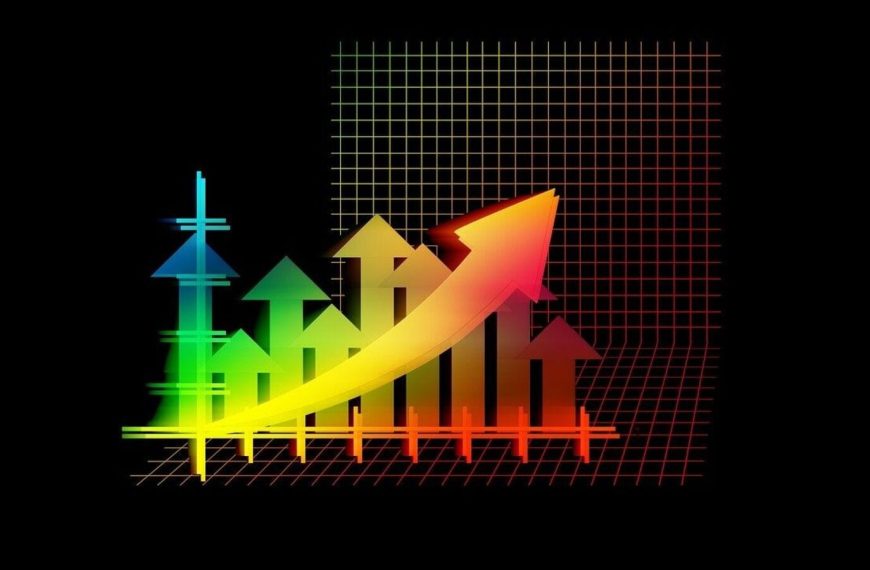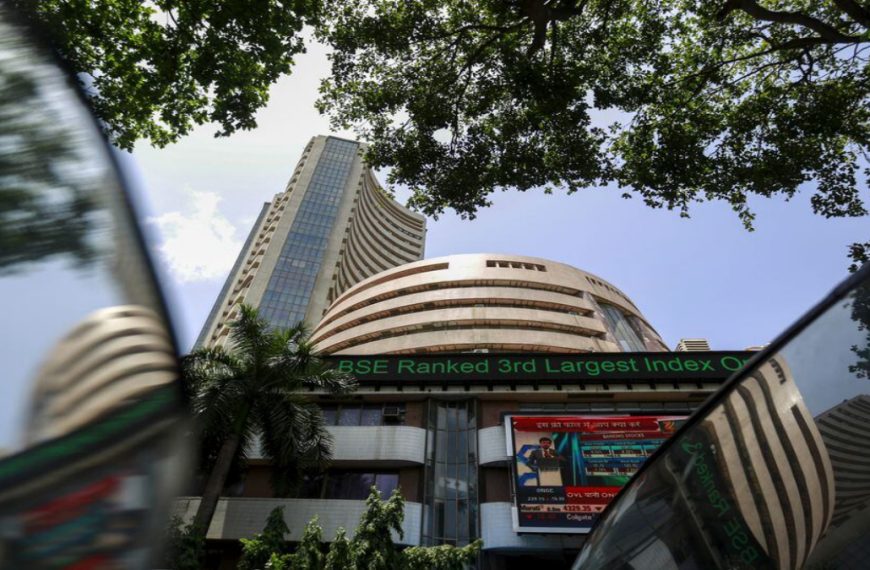Gold prices are making a notable comeback after dipping below the $3,000 threshold. As of Thursday, the price of gold stands at approximately $3,123 per ounce, marking an increase of $40 or 1.29% from the previous day. In India, gold is trading at Rs 93,380, reflecting the global trend.
Factors Influencing Gold’s Rise
The recent uptick in gold prices can be attributed to turmoil in the bond market experienced on Tuesday. President Trump’s decision to impose tariffs triggered a significant sell-off in U.S. Treasuries, which resulted in declining bond prices and rising yields. Notably, the yield on the 10-year U.S. Treasury note surged to around 4.5%, reaching a six-week high.
- Safe-Haven Demand: Investors are gravitating towards gold amid escalating tensions between the U.S. and China.
- Economic Hedge: Gold remains a reliable safeguard against potential economic instability, particularly as tariff threats loom large.
This resurgence in gold prices highlights growing investor anxiety regarding trade tensions and the potential shifts in global trade norms.
Escalating Tariff War
In a striking move, President Trump has raised tariffs on Chinese imports to 125%, effective immediately. This decision came just hours after China retaliated by increasing duties on U.S. goods to 84%. The ongoing tit-for-tat tariff increases between these two economic giants are expected to further intensify.
- Temporary Tariff Relief: Trump has proposed a 90-day suspension of tariffs for countries that have not retaliated, aiming to ease trade tensions.
- Continued Pressure on China: While some tariffs may be paused, the pressure on China remains high, with significant duties still in place.
Market Reactions and Future Outlook
As markets react to the latest Federal Open Market Committee (FOMC) minutes, concerns about rising inflation and slow economic growth are becoming more apparent. Investors are eagerly anticipating the upcoming U.S. Consumer Price Index (CPI) and Producer Price Index (PPI) data, which will provide critical insights into the Federal Reserve’s interest rate strategy.
Moreover, the World Gold Council has reported that gold-backed exchange-traded funds (ETFs) experienced inflows of 226.5 metric tons, valued at $21.1 billion, during the first quarter, indicating robust demand for gold as a safe investment.
Conclusion
In light of these developments, gold continues to be a favored asset for investors seeking stability amidst economic uncertainty. The interplay of tariffs, inflation, and geopolitical tensions will likely shape the market in the coming weeks. For those considering an investment in gold, now may be the time to evaluate the potential benefits and risks associated with this precious metal.











